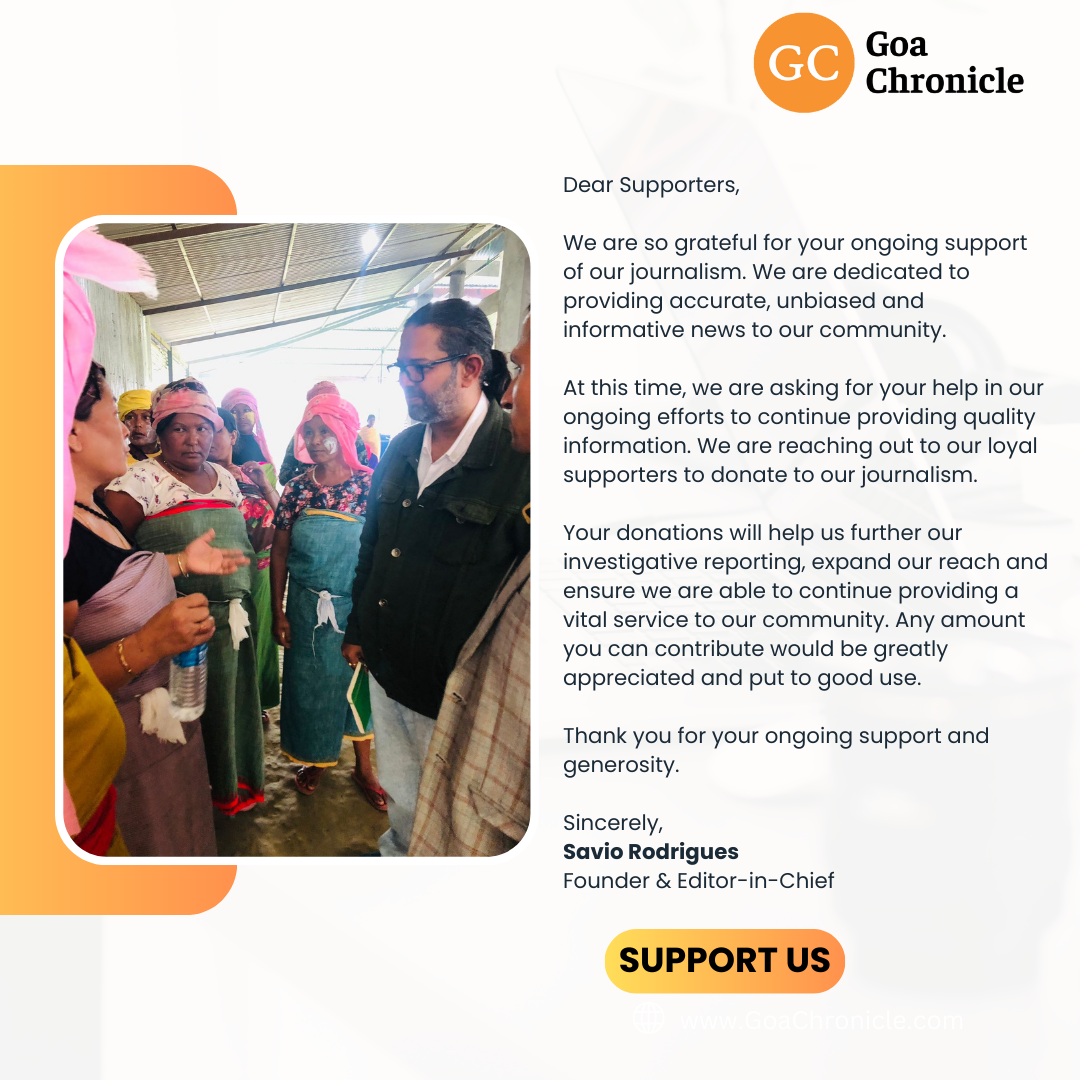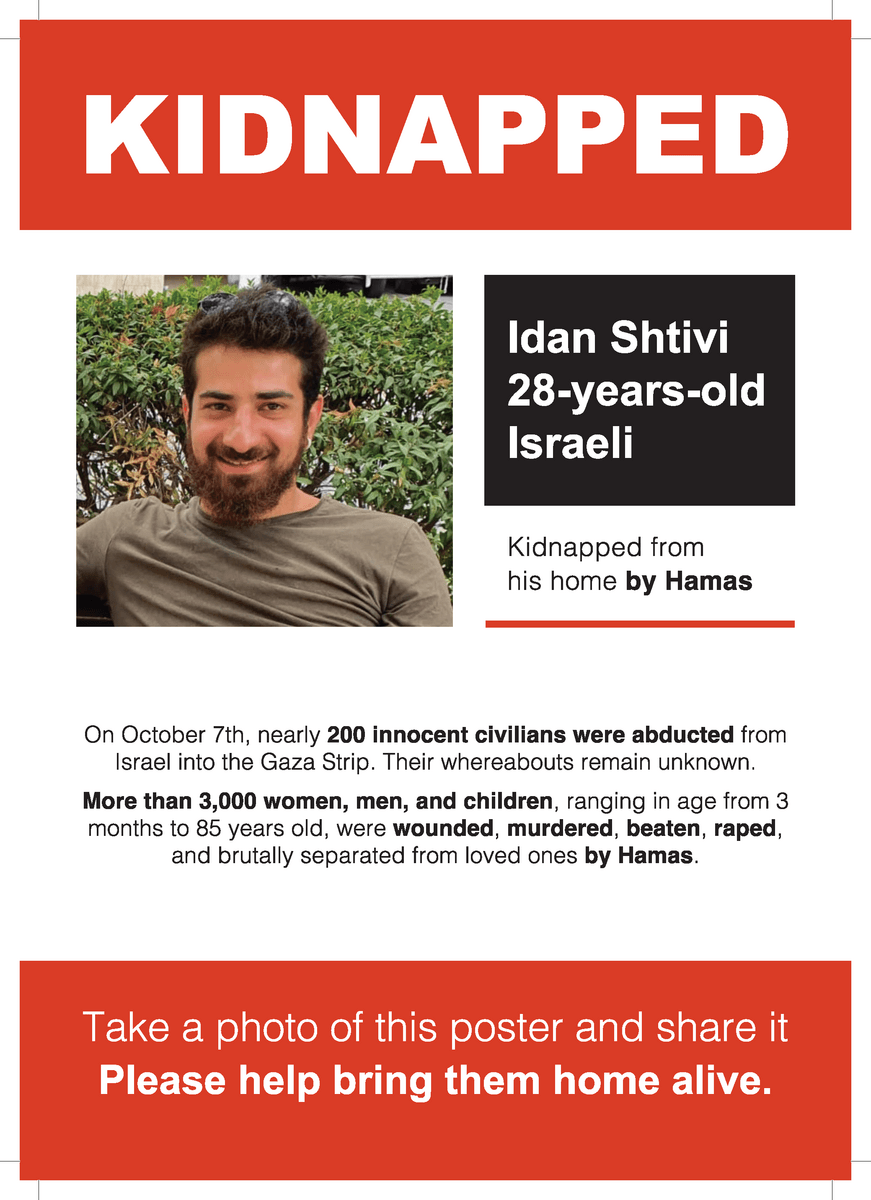Introduction: Lt Col Manoj K Channan, Veteran; was deployed with his Unit 65 Armoured Regiment inducted into the island as part of 2 Armoured Brigade (the only Armoured Regiment) initially at Jaffna and subsequently at Trincomalee and Batticaloa with a brief tenure in Vavuniya. The views expressed below are personal.

Goa Chronicle brings you the 4th part of the IPKF series
To read the Curates Egg part 1, visit: https://goachronicle.com/the-indian-peace-keeping-force-in-sri-lanka-a-curates-egg/
Part 2: https://goachronicle.com/the-curates-egg-ipkf-and-indo-sri-lanka-accord-of-29-july-1987-part-2/
Part 3: https://goachronicle.com/ipkf-3-the-curates-egg-turn-of-the-tide-jaffna-medical-university-helidrop/
The purpose of dispatching the IPKF was to peacefully resolve the ongoing conflict between the Sinhala dominated (centre) and Tamil militants stressing on an Independent Tamil state as set down into the India-Sri Lanka accord of July 1987. Further preventing Sri Lanka from establishing deeper defence & Intelligence connections with China & Pakistan. Other reason being India presented a solution granting SL Tamils a measure of an autonomous self-government given the ethnic affinity with Indian Tamils. Discussion still rages as to how the mission was wound up prematurely. Indian armed forces were not prepared fully, onus lying on intelligence agencies as IPKF did not receive accurate information. In the below article Lt Col MK Channan graphically examines our intelligence failures and lapses which resulted in the initial disastrous foray into Jaffna on 10 Oct 87. On the eve of the signing of the Indo -SL Accord on 29 Jul 87 it is apt to relook this int failure.
India s Iron Man Sardar Vallabhbhai Patel had warned, “It is a folly to ignore realities; facts take their revenge if they are not faced squarely and well
Interested readers may also watch a Webinar on IPKF –OP Pawan: Talk by Veteran RS Sidhu
Lack of planning & execution:
India’s intervention in July 1987 in Sri Lanka was thus the first overseas deployment of its Armed Forces in post-Independence era which was not under performed under UN mandate,hence remains a unique out of country intervention. Additionally, it envisaged operation of the three services in unison. The foray was supposedly meant to “keep the peace rather than fight belligerents”
Armed forces, having fought wars in 1965 and 1971 with similar decision-making structures probably with their attendant deficiencies. However, India’s Sri Lanka operation qualitatively differed from all the other operations as it was conducted overseas. The Indian force in Sri Lanka got involved in a conflict that was neither contemplated nor planned for. Several shortcomings can be identified,if one reviews the planning and execution of Operation Pawan as it was called ‘’If wars are said to be the continuation of politics then it also becomes essential to establish the political objectives in a national & strategic manner before sending the forces onto a mission’’ The IPKF was successful in maintaining peace, however due to lack of political objectives it become a misadventure in Sri Lanka. India is still in dire need of a well-articulated national security strategy capable of preparing a discourse for the armed forces which would lead to an appropriate military strategy.One can say that since 1987 the communication and strategic security has definitely expanded their scope as well, however there’s always more to it.
Lack of Organisational Structure:
Only forum to carry out tasks was the cabinet committee on Political affairs (CCPA), a core group was formed to look after the day to day concerns, this empowered group functioned under the chairmanship of MoS, and MEA (JtSecy), in his absence the Cabinet Secretary would officiate.It also had on its rolls the three service Vice Chiefs, and PMO, Dir Int Bureau and Director RAW. During the Sri Lankan intervention in 1987, India did not have a dedicated integrated national security body which would be liable to lay hold of illuminated decisions on issues pertaining to national security. It would take another decade to commission such an appropriately empowered National Security Council. Likewise, COCS- Chief of Staff Committee happened to be the only committee to foresee the requirements of Joint Service operations.
Military operations and Military Intelligence Directorates the key executors did not have dedicated desks for Sri Lanka
Intelligence set up:
India’s security focus was largely on Pakistan. As a corollary, Sri Lanka was not one of the focus areas of Military Intelligence. Operation Brass Tacks had just been completed in May 1987, two months before the Army had to send a task force to Sri Lanka following the signing of the India-Sri Lanka Accord (ISLA) in July 1987.
- In The MI Directorate was the largest Directorate at army HQ with about 74 all arms officers, six sections were for counterintelligence and the rest for operational sections. The CI sections were manned mostly by Intelligence Corps officers while the Operational sections were mostly other arms officers.
- Sri Lanka was clubbed with Indian Ocean countries, ASEAN and Bangladesh in one section. Intelligence Corps had no officer who could be termed as a country specialist in Sri Lanka.
Sinhala language classes for defence personnel started in the 1990s.Out of the three services it is the only the Indian Army whose strength was reduced when the Gen Krishna Rao Committee recommendations were implemented. In 1987, before the IPKF operations started, the Intelligence Corps had a total strength not exceeding 2500 all ranks. Classified as a minor corps, traditionally employment of Military Intelligence was largely confined to security and combat intelligence, with limited intelligence planning and battlefield acquisition capabilities. Military Intelligence had no mandate or dedicated capability to acquire cross border intelligence till 1980 when it was given the task of acquiring limited trans-border intelligence.
Involvement of R&AW
The leading agency that armed & trained the LTTE was R&AW, managing other militant groups and impaled other militant groups and was coordinator for all parley’s before the induction of IPKF and throughout the deployment process. The simultaneously engagements between R&AW and LTTE along with other militant groups, remains questionable. The obvious inability of R&AW for not being able reign in or prevent LTTE going rogue indicated a gross failure. Even after training LTTE, R&AWwas found wanting in capability to provide detailed intelligence inputs. Sharing of intelligence if any was on a personal rapport and not an organised/structured dissemination to the Formation HQs.
The Intelligence Bureau:
IB possessed detailed information against the LTTE which could help the IPKF, however throughout the entire IPKF operation Q Branch of the Tamil Nadu State Police alongwith the Joint Directorate of the Intelligence Bureau,Chennai provided no information to the soldiers. As for the Q Branch, it was hampered due to the absence of formal orders from the State Government which had taken a politically hostile stand against the IPKF operations. On asking for information the IB usually stated that they had only political information, though in counter-insurgency political information also had a great relevance on military operations. In September 1987, when the situation became murky with LTTE, 57 Mountain Division Int& Field Security coy with about 60 personnel was moved to Palali (Jaffna). Its OC was upgraded to a Lt Col’s appointment. This intelligence unit continued to be under HQ OFC and this caused some avoidable confusion in HQ 54 Infantry Division. Its intelligence officers were scrupulously excluded from all deliberations of the Div HQ. They were asked to stay out of all interactions with the LTTE during the political parleys. Somewhere in May 1987, prior to signing the India- Sri Lanka accord, an intelligence team comprising of one officer and 6 NCOs were moved from the parent unit in Gorakhpur to Chennai and thence to assemble intelligence from Sri Lanka. Until the IPKF soldiers winded up, this was the only dedicated intelligence resource at the DGMI’s disposal eventually building up into an intelligence unit. Headquarters Southern Command comprised of a team from the Southern Command Liaison Unit in Chennai, though the LU was a counter-intelligence unit, the LU team provided the Command Headquarters an interface with the state and central intelligence agencies in Chennai during the IPKF operations. Following the induction of the 54 Infantry Division in the first week of August 1987 in Sri Lanka, a few Tamil speaking Intelligence Corps officers and NCOs were attached to the OFC HQ at Chennai. As the Jaffna operation commenced and the induction of troops took place rapidly, the OC 57 DivInt& FS Coy was asked to brief the troops before their operational induction. Similarly, the Unit was tasked to interrogate all and sundry rounded up LTTE cadres, in the first flush of operations. While two more divisions were inducted to Sri Lanka, the structure of the advance HQ of the OFC was formalized and an Intelligence unit which was specifically designed for the IPKF operation, the unit consisted of both-
- Intelligence acquisition
- Interrogation capabilities
This comprised of 12 officers and over 100 other ranks. The unit was headed by a Lt Col, with headquarters in Chennai with a team each deployed in Vavuniya, Trincomalee & Batticaloa including of 3 rehabilitation centres with one interrogator each for all 3 divisions. Toward the end of 1988, a Sinhala knowing officer had also been posted there.
Jayalalitha govt (AIADMK), banned its Q Branch from extending assistance to the MI or the IPKF in general. Sometimes even contractors found it difficult to source supplies for the IPKF from TN and had to bear extra costs getting them from other states.
A look at MI’s deliverables and performance: Positives and Negatives:
Pros
- An assessment that had almost come true, where in 1987 the MI detachment in its assessment told the DGMI if IPKF went to war, it would take 3 years to reduce the LTTE domination to manageable proportions. Military intelligence had made efforts to recruit the Sinhalas.
- The knowhow of the valuable information that LTTE & pro-LTTE civilians had led the MI officers to build contacts with both groups. This provided MI with valuable inputs on political strategies of LTTE along with other information such as LTTE’s communication with Janatha Vimukthi Peramuna (JVP) which was carrying out its insurgency in Sinhala areas, procurement of MANPADS by the LTTE, contacts between the Sri Lanka President Premadasa and the LTTE leadership. Clinching evidences were recovered in the form of images and wiretaps of collusion between LTTE and Sri Lankan army helping them to get a better understanding of the collusion between the LTTE and the Sri Lankan Government.
Cons
- Lack of allocation of MI resources resulted in absence of Intelligence assets in Sri Lanka harming the ability of MI to provide a timely information to 54 Inf Division
- Despite receiving inputs from both RAW and IB and other agencies on a timely basis the DGMI was unable to provide assessments that could have helped the IPKF operations. Similarly, the HQ Southern Command also failed to provide useful assessments or inputs.
- There was only little MI input on LTTE in Tamil Nadu, mainly due to the completely negative attitude of the Tamil Nadu Government resulting denial of access to information on the LTTE available with the state intelligence.
- The LTTE was acting with impunity in Tamil Nadu during the entire period of operations, exposing the troops to potential LTTE threats. It also created a feeling of insecurity among the Tamil sources, who felt that IPKF was not seriously involved in tackling the LTTE and were hesitant to cooperate with them as they felt IPKF did not have enough dominance.
- Maximum MI officers did not have adequate knowledge on Sri Lanka or its environment when they were inducted. This lead to requirement to build regional specialists in the course of MI officers’ careers.
- Intelligence NCOs performance was far below par. They failed to carry out elementary interrogations, both officers and NCOs tended to accept un- assessed information from sources without vetting the credibility.
- Intelligence staffing was poor in formation headquarters. At one stage, in three of the four divisions, the GSO1 (Int) were low medical category officers and a few of them had no intelligence exposure. As intelligence had limited dedicated staff resources, their posting in divisions was far from prudent.
- The quality of frontline soldiers’ knowledge of handling prisoners, segregating them for detailed interrogation etc was poor. The Command HQ was in the best position to address such lacunae to provide short term training to officers and NCOs from all arms on a rotational basis. This was probably not even contemplated, though it had been done in the past in 1971.
- No input from Air or Naval Intelligence sources. It was questionable because in Colombo more than one merchant ship officer reported seeing fishing boats flashing ‘LTTE’ in semaphore signals in the Gulf of Mannar indicating regular movement of boats supplying the LTTE from Tamil Nadu.
- The Tamil media in Tamil Nadu and Sri Lanka was rich in open-source information which went untapped due to a shortage of manpower. Similarly, there was not enough interface with Indian media men who had travelled into LTTE areas either covertly or openly. This rich source also went unexploited.
Another rich source of intelligence would have been SL officers doing courses at the Training Institutions in India. They needed to be developed as assets and should have been able to corroborate intelligence inputs over the years. Intelligence gathering is a continuous effort and needs to be addressed diligently by professionals.
In case of queries, contact: Lt Col Manoj K Channan;[email protected]
[author title=”Shefali Kochhar,” image=”http://goachronicle.com/wp-content/uploads/2021/04/Screenshot_20210321-160233_LinkedIn.jpg”]Journalist, Goa Chronicle .
I am an entrepreneur who has tried her hands on various ventures like Electric Vehicle Charging Station , Online Retail Store / Trading and few more ventures. I have done my entrepreneurship from Amity University Noida.
Read My Other Articles
[feed url=”https://goachronicle.com/author/shefali-kochhar/feed/” number=”5″]
[/author]

































